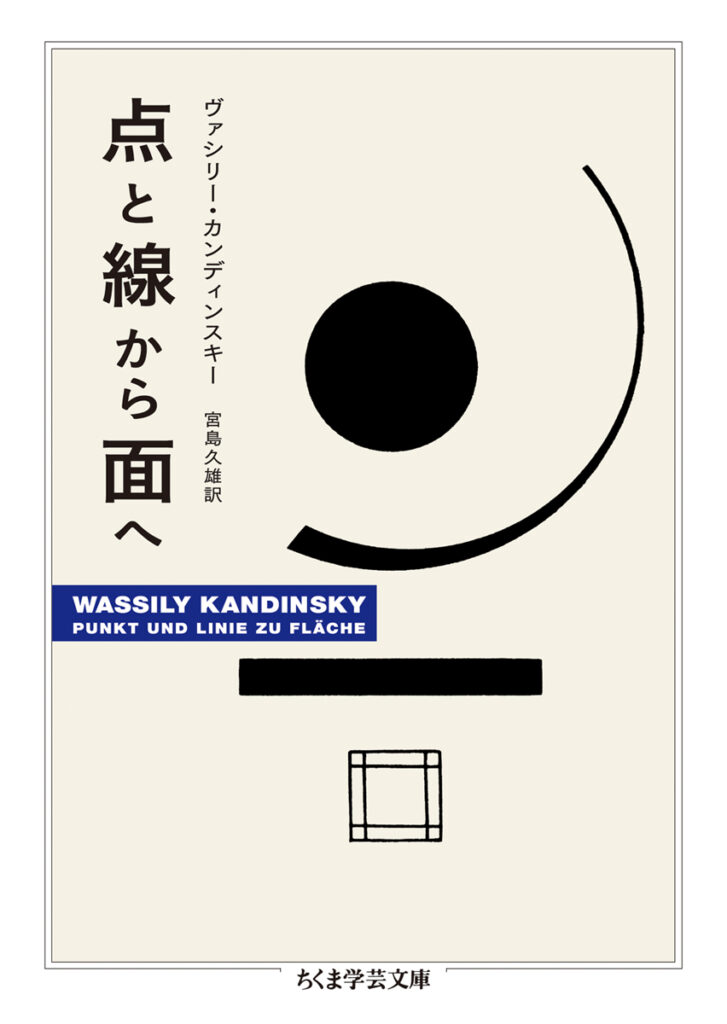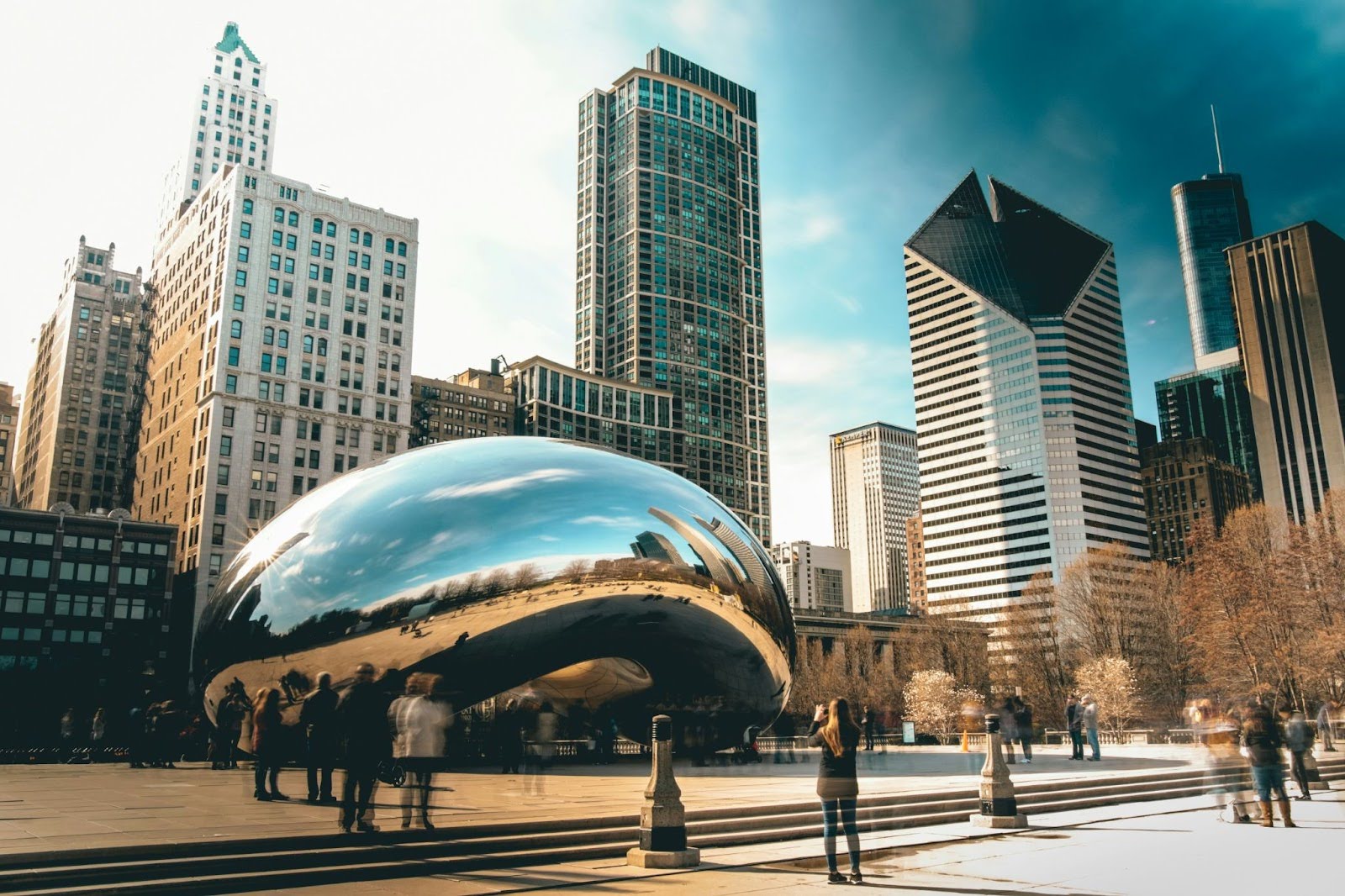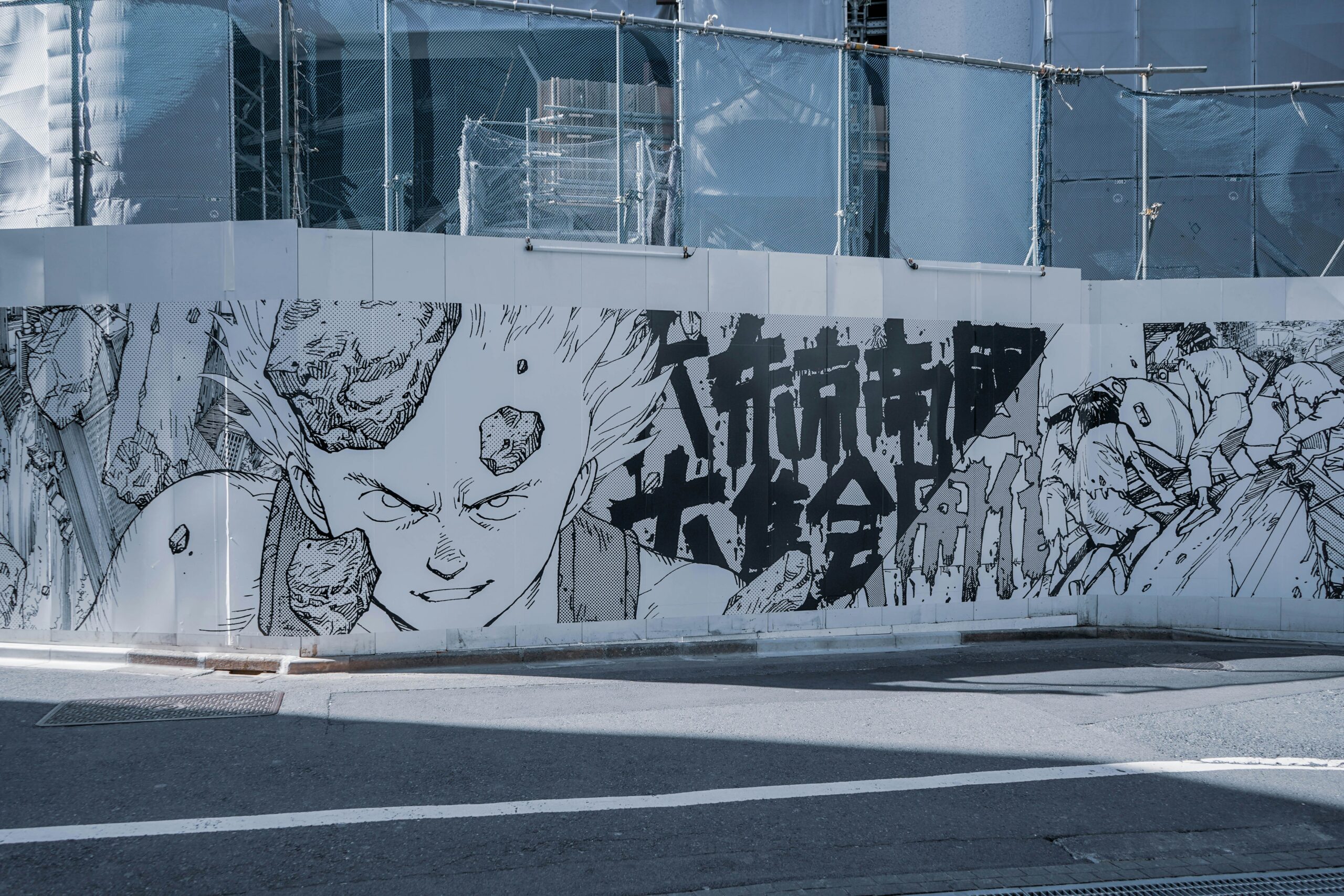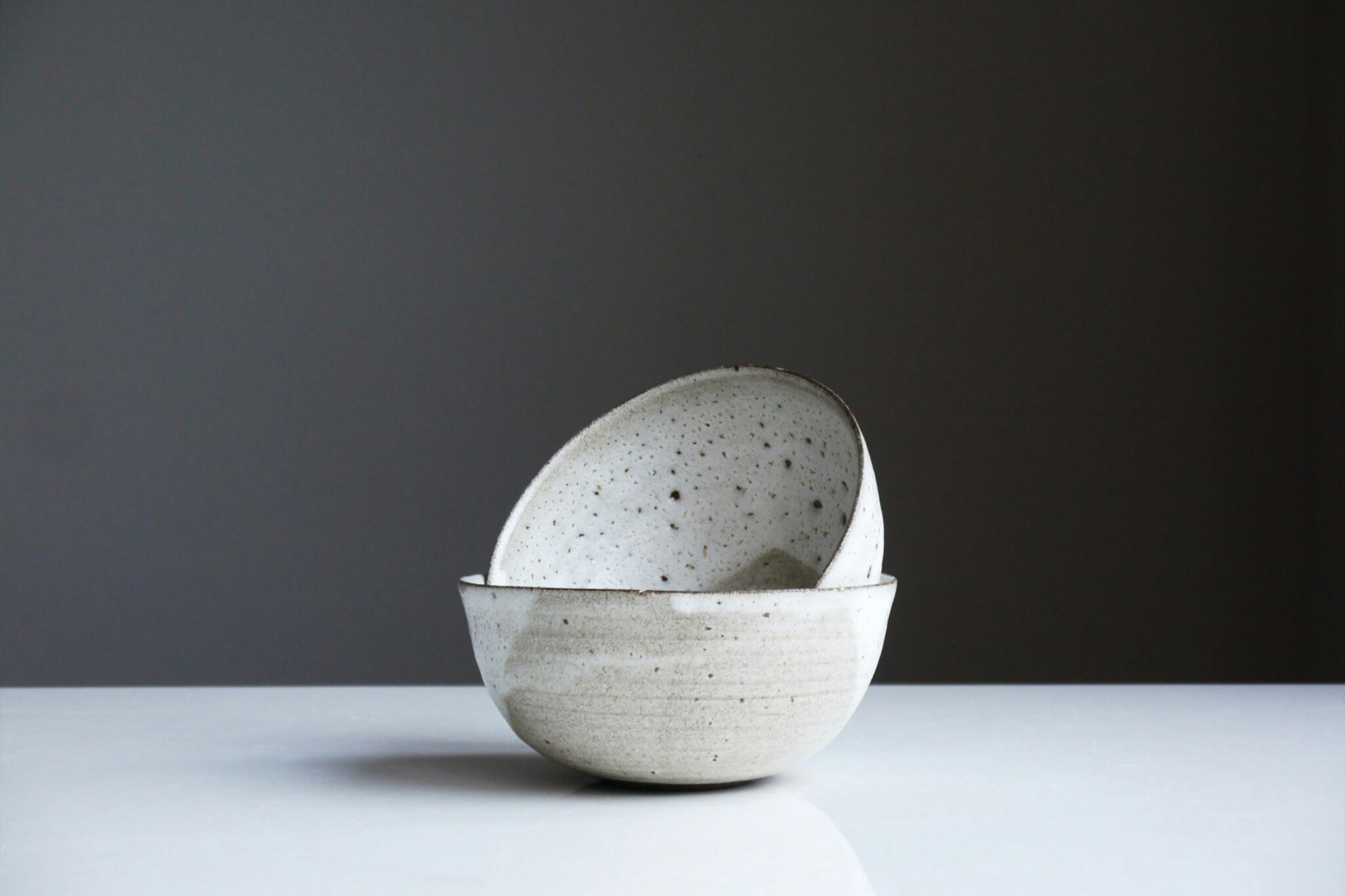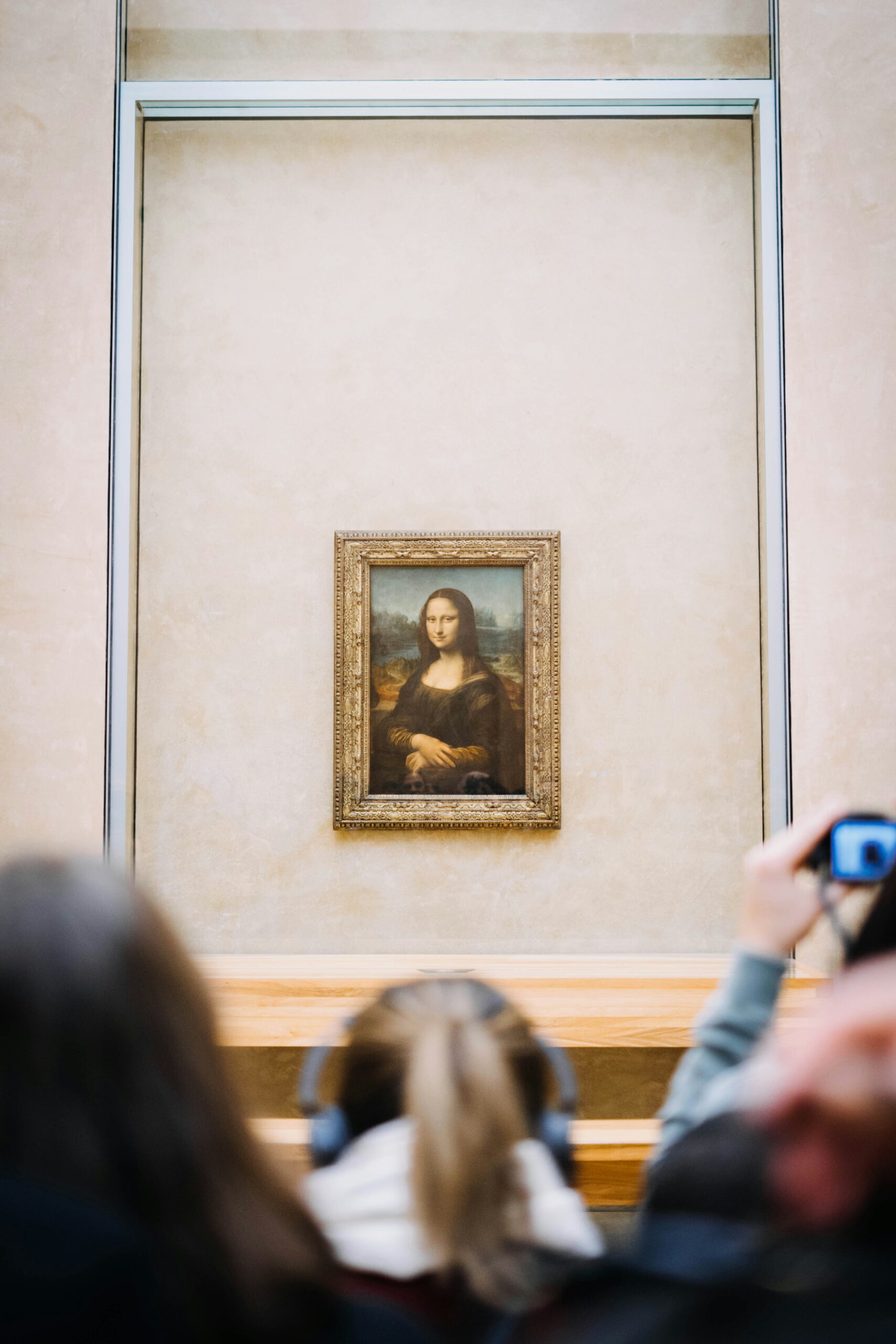You might visit a museum and come home still wondering, “Why is this considered good?” or “What kind of value does this have?” – left with that lingering feeling of not really getting art.
One day, an artwork that seems impossible to understand is priced in the tens of millions; the next, you stumble upon a quiet, breathtaking piece in a tiny gallery tucked away on a city street – free to enter, open to all. Sometimes, what’s called “art” isn’t an object at all, but a project, an idea, something that stretches far beyond the frame. These moments remind us: behind every artwork lie layers of history and theory. The world of art isn’t always something we can grasp with feeling alone. Often, it resists easy understanding—and without a key, we may find ourselves locked out. So in this series, each week we’ll open the door a little wider, introducing books that offer new ways into the world of art.
As the heat of early summer begins to settle in, there’s a quiet pleasure in retreating indoors, with a book that stirs the mind. In this ongoing series of art-related reads, we turn our gaze this time to remarkable books penned by artists themselves. These are not just creators of images, but of ideas and voices that reach across time and canvas to speak directly to us. Even if you’ve never encountered their work before, catching hold of an artist’s own words can ignite something unexpected – a spark, a shift, a flicker of inspiration.
◯”Point and Line to Plane” by Wassily Kandinsky, translated by Hisao Miyajima (Chikuma Gakugei Bunko)
Like a magician revealing the secrets behind his illusions. In the early 20th century, Wassily Kandinsky, the painter who introduced the very concept of abstract art, brought forth a radical new visual language – lines that stretch freely across the canvas, shapes bursting with color, compositions that seem to hum with music. And yet, as spontaneous as they may appear, these works are anything but random. Behind the seeming chaos lies a razor-sharp precision, a terrifying level of control. In this groundbreaking book, Kandinsky shares the behind-the-scenes and lays bare the structural elements of his art, analyzing them with the rigor of a scientist and the clarity of a philosopher. It’s a masterclass in how to build a “living artwork,” revealing the anatomy of abstraction from the inside out. Authored by a man who taught at the legendary Bauhaus design school in Germany, this is no ordinary art book – it’s a must-read textbook from a true master.
◯”Art Entrepreneurship Theory” by Takashi Murakami (Gentosha Bunko)
From last year’s blockbuster exhibition “Takashi Murakami: Mononoke Kyoto” at the Kyoto City Kyocera Museum of Art, to his buzzy YouTube contents with comedian Akiyama of Robert and philosopher Kohei Saito, Takashi Murakami remains a cultural force. What gives Murakami such viral staying power? One key lies in his extraordinary ability to communicate complex ideas in clear, compelling language. And nowhere is that talent more evident than in this major work – his definitive book. In this book, Murakami lays out everything from building a global strategy, to turning artworks into brands, to mastering the art of presentation, to unlocking one’s full creative potential. It’s part manifesto, part survival guide – an unflinching look at the mindset and methods behind his worldwide success. This book isn’t just essential for understanding Murakami’s artistic practice – it stands on its own as a sharp and practical business book. Though Murakami sometimes remarks, with a hint of melancholy, that his true value might only be recognized after his death, this book will no doubt continue to be read, cited, and returned to for years to come.

